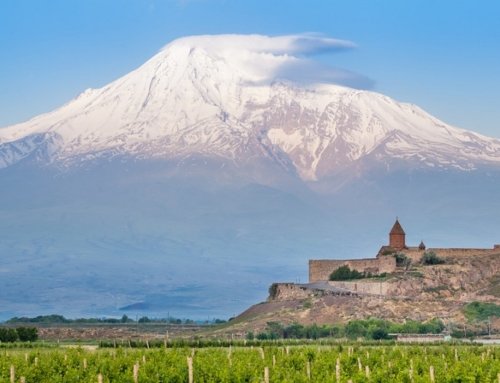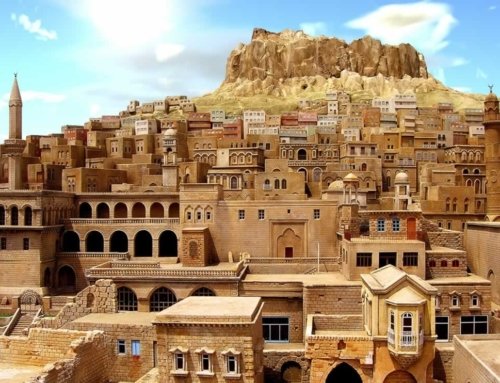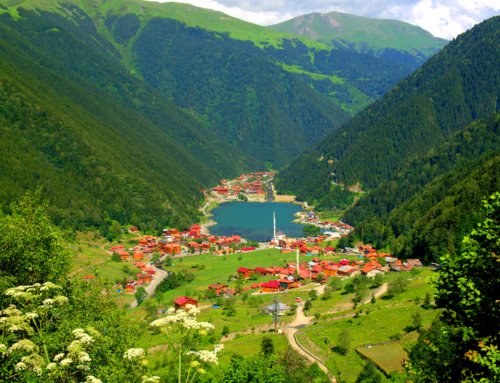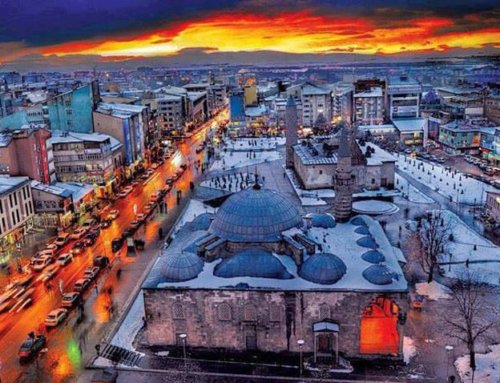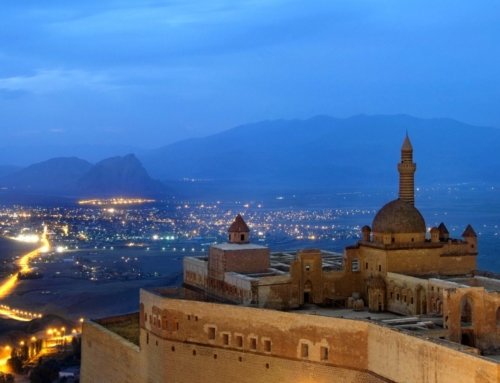Project Description

- Great Mosque of Diyarbakır built by the Seljuk Turkish Sultan Malik Shah in the 11th century. The mosque, one of the oldest in Turkey, is constructed in alternating bands of black basalt and white limestone (The same patterning is used in the 16th century Deliler Han Madrassah, which is now a hotel). The adjoining Mesudiye Medresesi/Medreseya Mesûdiyeyê was built at the same time, as was another prayer-school in the city, Zinciriye Medresesi/Medreseya Zincîriyeyê.
- Behram Pasha Mosque (Beharampaşa Camii/Mizgefta Behram Paşa) – an Ottoman mosque built in 1572 by the governor of Diyarbakır, Behram Pasha, noted for the well-constructed arches at the entrance.
- Sheikh Matar Mosque with Dört Ayaklı Minare/Mizgefta Çarling (the Four-legged Minaret) – built by Kasim Khan of the Aq Qoyunlu.
- Fatihpaşa Camii/Mizgefta Fetih Paşa – built in 1520 by Diyarbakır’s first Ottoman governor, Bıyıklı Mehmet Paşa (“the moustachioed Mehmet pasha”). The city’s earliest Ottoman building, it is decorated with fine tilework.
- Hazreti Süleyman Mosque/Mizgefta Hezretî Silêman (1155–1169) Süleyman son of Halid Bin Velid, who died capturing the city from the Arabs, is buried here along with his companions.
- Hüsrevpaşa Camii/Mizgefta Husrev Paşa – the mosque of the second Ottoman governor, 1512–1528. Originally the building was intended to be a school (medrese)
- İskender Paşa Camii/Mizgefta Îskender Paşa – a mosque of an Ottoman governor, an attractive building in black and white stone, built in 1551.
- Melek Ahmet Camii/Melek Ahmed Paşa a 16th-century mosque noted for its tiled prayer-niche and for the double stairway up the minaret.
- Nebii Camii/Mizgefta Pêxember – an Aq Qoyunlu mosque, a single-domed stone construction from the 16th century. Nebi Camii means “the mosque of the prophet” and is so-named because of the number of inscriptions in honour of the prophet on its minaret.
- Safa Camii/Mizgefta Palo – built in the middle of the 15th century under Uzun Hasan, ruler of the Aq Qoyunlu (White Sheep Turkomans) tribe and restored in Ottoman time in 1532.






